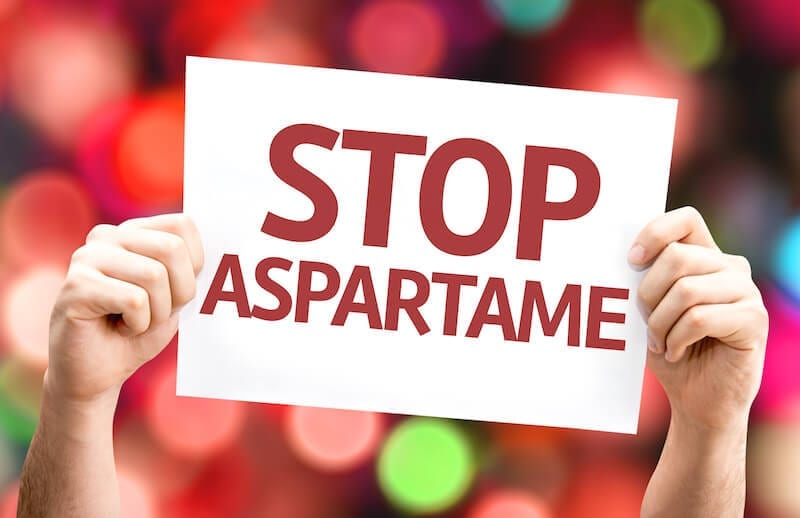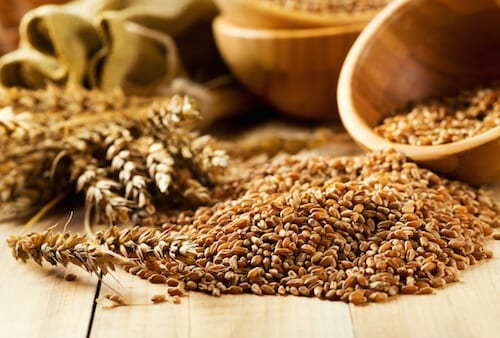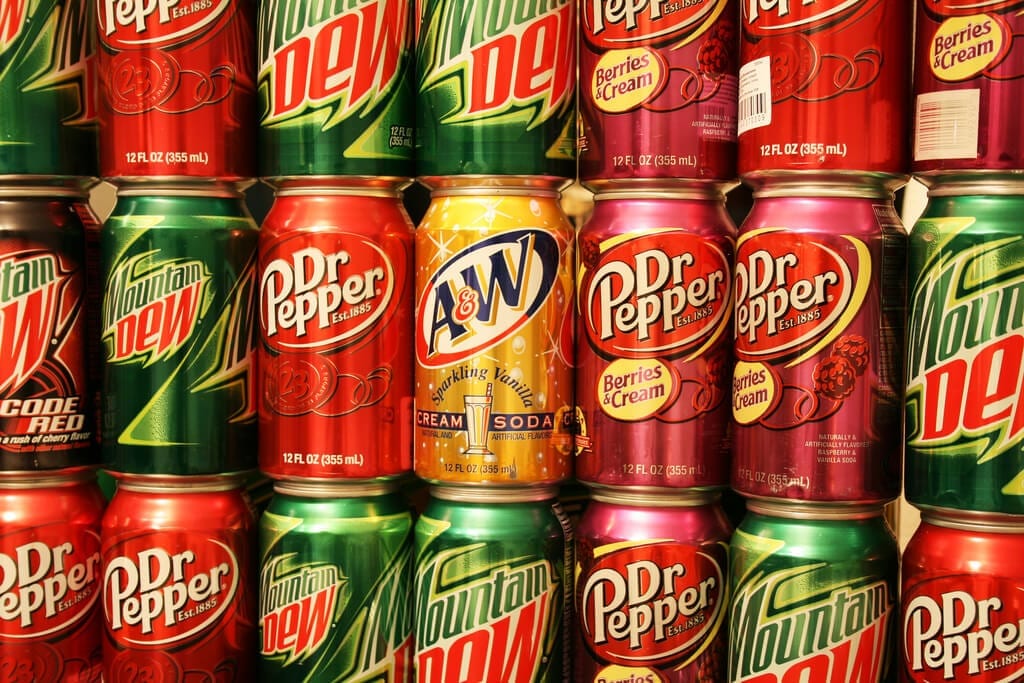Whether you’re at an amusement park, the airport, taking a road trip, or making a quick breakfast, you don’t have to settle for junk food. In fact, it’s getting easier and easier to find quality healthful food in the most unlikely places.
Here are a couple easy and important tips on how to eat healthy on the go.
When choosing snacks:
- Try to keep it at around 200 calories
- Choose something that has a rounded mix of protein, healthful fat and fiber, such as nuts, a fruit and nut bar or a piece of fruit with a tablespoon of nut butter
- A good portion size for nuts is a handful or about 22-23 pieces
- Choose a snack that is free of artificial sweeteners, artificial colors, artificial preservatives and high fructose corn syrup (I know that seems like you’ll be left with no options, but you’ll be surprised at the healthful options available these days!). And, when you can’t find something free of all of those things, choose a snack with the least amount of these “invaders.”
- If you’re at a vending machine that does not display the nutrition facts and ingredients of the products inside, use your Smartphone to search for the most healthful option
- If the food makes a comparison such as “as much __ (fiber, calcium, etc.) as a __ (wholesome food),” you’d probably be better off eating the wholesome food rather than the snack. For example, WhoNu Cookies are famous for making a series of “as much” claims (i.e. as much fiber as a bowl of oatmeal) but their cookies also come with less-than-savory additives. You’d be better off just going for the oatmeal (granted, choose an oatmeal with ingredients you can pronounce!)!
- Remember that nutritional components such as fiber, protein, and fat only tell a part of a product’s story. Read the entire label (nutrition facts AND ingredients list) to get the full story!
- Choose wholesome fruits and veggies when you can! You might be surprised as how many amusement parks, hospitals, airports, and corporate locations have fruit and vegetable options either from the cafeteria, a la cart vendors or vending machines.
When choosing meals outside the home:
Just think — ok, what’s the foundation of this meal? If it’s a muffin, for example, you know just by looking at it and touching it that its foundation is flour, sugar and oil, so you may want to steer clear.
Alternately, if the foundation seems healthy – like a salad – and it’s just the add-ons that make it crazy-unhealthful – then just be smart about what you add on (or about what you should take off). The range of calories and fat in your favorite items is crazy — like the 1490-calorie steak omelet at Ihop versus the 152-calorie “Low Fat Fitness” omelet from Mimi’s Cafe.
So, that just goes to show you that you can still eat things you like and still not ruin your efforts to live healthfully…as long as you’re smart about it (and do your research beforehand if you can!).
- “Fast food” doesn’t have to equal junk food: ditch fried items in favor of grilled or steamed items.
- Instead of white flour items (like white rice or white pasta), opt for brown rice and/or whole grain/whole wheat.
- Make fruits and/or vegetables your side order.
- Limit or avoid foods with the following descriptors: rich, batter, breaded, butter, cream, crispy, decadent, anything with “fried” in the description, and scalloped. All of these descriptors translate to excess calories and fat.
- Watch your portion size. In the 1950s, hamburger patties were 1.5 ounces, while today’s burgers weigh in at around 8 ounces. You don’t have to eat everything that’s served to you and you can be proactive about portions by sharing a meal or choosing side dishes that are light, such as fresh vegetables.
- Don’t drink your meal. Opt for water or low-sugar beverages. Remember that 4g of sugar is equivalent to a teaspoon.
Photo belongs to Konstantin Stepanov via the flickr Creative Commons
- Be a mindful eater. Take time to taste your food and honor feelings of fullness.
The great news is that with technology, we’re never far from a healthful snack or meal. Better yet, we’re never left in the dark as to what the best choices are in a given situation. Smart phone apps like the free app, Fooducate, allow consumers to scan barcodes of foods to find out how healthful they are and if there are better alternatives. The Good Food Near You app, also free, helps you find the most healthful restaurant near you and browse its menu, with the ability to sort by calories, lowest fat and more.
How to Navigate the Grocery Store with Your Health (and Wallet) In Tact
According to consumer expert Paco Underhill, two-thirds of what we buy in the supermarket we had no intention of buying. Supermarkets encourage unintended purchases in a number of ways – from their lighting to their music, straight down to the store’s layout (have you noticed there are no clocks in grocery stores?!). Just think about why the candy aisle is near the check out lane – your kids will beg and scream right when you’re already at your wits-end and ready to bolt out of the store.
Here are some tips to make sure you stick to healthful foods and a healthful budget:
- Plan your meals and make your shopping list before you go to the grocery store. Planning your trip beforehand will help you stay on track and not go over budget. A cool app for this is the Paprika Recipe Manager App, which lets you enter your own recipes, plan your meals, and make a shopping list.
- Become familiar with food labels. There’s no better way to become a smart shopper than to become aware of what’s in your food and understand what the food label means. In general, it’s best to skip the marketing messages on the front of packaged foods and go straight for the nutrition label and ingredients list. Need help understanding what the food label means? Take along your Smartphone and use the Fooducate app to scan a food’s barcode and better understand whether the food is a good choice
- When choosing fruits and vegetables, know which types to buy organic and which are safe to buy conventionally grown. According the Environmental Working Group, you should buy the organic options of the “Dirty Dozen” – these are fruits and vegetables with the highest concentrations of pesticides, such as apples and strawberries – and feel free to buy the conventionally-grown version of the “Clean Fifteen,” which includes bananas. There is also a free phone app here to help you while you’re grocery shopping.
- When in the pasta and bread aisles, choose 100% whole grains. Note that “multigrain” is not the same as “whole grain.” Choose items with a whole grain listed as the first ingredient. [This only applies, of course, if it’s safe for you to consume gluten!]
- Avoid foods with trans fat. If you see the words “partially hydrogenated” in the ingredients list, the food has trans fat even if it lists “0g trans fat” per serving.
- Watch sodium, especially in frozen foods and canned soups. Some soups and frozen items have more than half of the USDA’s daily limit for adults. Watch the percentages of sodium on a nutrition label and consider how that food will play into your entire day’s worth of food intake. And, remember, the USDA recommends that adults consume no more than 2,300 milligrams per day, though the preferred limit is 1,500mg per day.
- Avoid BPA in canned foods. Opt for tomato products in glass jars rather than cans since most cans have BPA lining and the acid from tomatoes can cause the protective lining to expose the BPA.
- Avoid foods with artificial sweeteners. While the FDA has approved all of those artificial sweeteners we find in the blue, yellow and pink packets, some of them have been linked to neurological disorders and weight gain. Better to play it safe and avoid them.
- Skip the soda aisle. Sodas are high in sugar, calories and typically loaded with artificial colors and preservatives. There’s really no need to drink soda when you can quench your thirst with a more natural beverage like coconut water.
Photo belongs to poolia via the flickr Creative Commons
- Be a squeaky wheel. If your local grocery store does not carry organic produce, ask to speak to the produce manager. If you feel that your store lacks variety in its healthful snacks, speak to the manager and tell them, specifically, which products you would like them to carry. Change happens when we demand it!
Conclusion
When you’re on the go, eating healthy doesn’t have to be such a struggle. Use the tools we’ve mentioned here to sort through the junk and find only the most nutritious foods.
Want to know the easiest way to eat healthy while you’re at work? Send this article to the person in charge of food for the office and let them know they can get a free sample box of SnackNation for your team to try (just cover the cost of shipping).
How do you stay healthy on the go? Let us know in the comments below.












